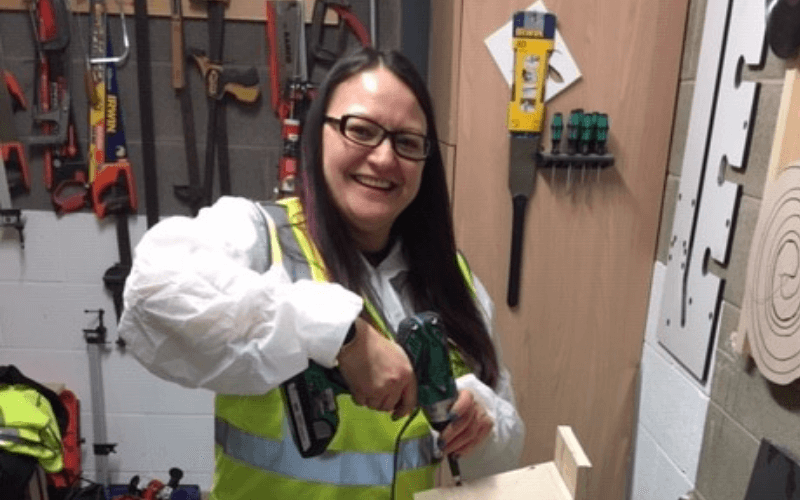What makes a great contractor/client relationship?
Contractor/client relationships are comparable to marriages. To avoid divorce, it is vital there is commitment, shared goals, good communication and trust.

It takes two to make a marriage a success and only one to make it a failure.
-Herbert Louis Samuel 1870-1963
The following are eleven essential factors for establishing and maintaining a successful contractor/client relationship.
-
Contract documents
These should be simple and well-defined to prevent assumptions and interpretations of their application. Contract documents should be compared to check for conflicting information; we have seen examples of contradictions between the term brief and pricing schedule which can cause disputes later into the contract term if not resolved.
-
The client brief
The contractor and client should hold a pre-mobilisation meeting to review the term brief/specification and pricing schedule. This meeting is an opportunity to identify any ‘big ticket’ items or areas of uncertainty, prepare the mobilisation plan and clarify the scope and type of works.
-
Contract administration/management
The contract should be sufficiently resourced to deliver the client brief and a resource plan should be produced, ensuring that staff with the correct skills are in the team. Roles, responsibilities and accountabilities should be clarified as part of mobilisation and the main point of contact for both parties should be a lead ‘Contract Manager’. Both contractor and client should operate under a ‘fully integrated’ team model, where IT, data and operations are all working together as one team with common goals and objectives.
-
Mobilisation
Mobilisation is critical and all about planning and preparation. You might require several meetings, including a pre-mobilisation meeting, to agree the mobilisation plan which should include:
- Recruitment
- Branding
- Resourcing
- Communication
- Key Contacts
- Briefings
- IT and data exchange
- Training
- Agreeing end-to-end processes
- Pilots
-
Pilots
It’s likely that teething issues will occur in the early weeks and months - pilot phases can help to resolve these promptly. By agreeing a small number of jobs to road test the end-to-end service delivery process, from issuing the order to paying the invoice, each party will gain an understanding of who is responsible for fixing what, as well as how the processes actually work.
-
IT, software and data transfer
Both parties should understand which systems/interfaces will be used and these should be set up and tested during the pilot or earliest stages of the contract term to allow time for improvements. In addition, it should be clarified whether there are any proposed changes to technology during the life of the contract.
-
Communication
Good communication is critical to contract success. Be proactive, implement regular, client-led meetings to create an open platform for regular progress reporting and feedback. Use ‘time speak’ and stay ahead of issues to avoid complaints. Never leave problems unresolved and escalate where required.
-
Issuing works
Ensure there is a purchase order, works order or job number for all orders issued. Agree a template for data sharing that captures all the relevant information (UPRNs, address lists, order numbers etc.) ensuring compliance with GDPR. Contractors should not accept incomplete instructions or templates from the client.
-
Changes and variations
Inevitably changes and variations will be required, however, you should stop and check what the implications are before you agree; consider the impact on service delivery, cost and procedures etc. Contractors should be clear and explain extra incurred costs and negotiate delivery timelines. Follow a clear approvals process ensuring all agreed changes/variations are documented.
-
Invoicing and payments
The payments process should be agreed upfront and tested as part of the pilot. The contract should also be clear about the debtors’ policy, remedies for overdue payments, suspension of services and payment deductions. Any disputes should be resolved early and variations to the contract should be agreed in advance.
-
Key Performance Indicators (KPIs)
Keep them simple, link them to strategic objectives and ensure they are measurable.


